Breast reduction surgery is an operation performed to bring the breasts that are larger than the person’s body to normal sizes.
Breast Reduction
Warning: call_user_func_array() expects parameter 1 to be a valid callback, function 'digic_get_brands' not found or invalid function name in /home/antalyac/public_html/wp-includes/class-wp-hook.php on line 324
Warning: call_user_func_array() expects parameter 1 to be a valid callback, function 'digic_show_store_name' not found or invalid function name in /home/antalyac/public_html/wp-includes/class-wp-hook.php on line 324
The most common cause of breast size is familial factors. In addition, breast enlargement is observed due to weight gain, hormonal disorders, pregnancy, breastfeeding and various breast diseases.
Is breast size an aesthetic problem?
Breast size is a health problem rather than an aesthetic problem. Large breasts put a considerable strain on the neck and back. As a result, patients develop treatment-resistant shoulder and back pain, flattening and deformity in the neck vertebrae. Most patients suffer from shoulder and back pain for years, take physical therapy and have to use a lot of drugs.
When people with large breasts use a bra, collapses and deformities occur on the shoulders, especially where the bra strap passes.
These people have rashes, fungal infections and bad odors that cause serious discomfort, especially in summer, under the breasts and between the nipples.
The size of the breasts causes serious problems in the social life of people, especially in adolescence and young girls.
Women with large breasts have difficulty in finding suitable clothes, have limited arm movements, and even have respiratory distress while lying on their backs and say that they feel as if they are suffocating.
What technique is breast reduction surgery performed with?
In breast reduction surgery, an appropriate amount of breast tissue is left for the person’s body and excess breast tissues are removed. The drooping breasts are placed where they should be on the body, ensuring uprightness and recovery.
How many hours does breast reduction surgery take?
Breast reduction surgeries take 2-4 hours depending on the size of the breast.
How many days do I need to stay in the hospital after breast reduction surgery?
After breast reduction surgery, we can usually discharge the patient on the same day. If patients experience discomfort such as nausea, vomiting, dizziness, swelling and pain due to anesthesia, we consider it appropriate to follow these complaints in the hospital until they resolve.
How many days does recovery take after breast reduction surgery?
After breast reduction surgeries, the breasts heal in about 10 days.
When can one return to social and business life after breast reduction surgery?
After breast reduction surgery, people can return to their normal social lives in about 1 week. We recommend that they start heavy sports activities after about 1 month. If they have a job where they do not exert excessive physical effort, they can return to business life after 1 week. We recommend patients who have a job that requires physical activity to wait 2-3 weeks.
Vendor Information
- Address:
- No ratings found yet!
-
Warning: call_user_func_array() expects parameter 1 to be a valid callback, function 'digic_woocommerce_template_loop_category' not found or invalid function name in /home/antalyac/public_html/wp-includes/class-wp-hook.php on line 324
Sclerotherapy
€1.650,00 -
Warning: call_user_func_array() expects parameter 1 to be a valid callback, function 'digic_woocommerce_template_loop_category' not found or invalid function name in /home/antalyac/public_html/wp-includes/class-wp-hook.php on line 324
PCR Test
€20,00 -
Warning: call_user_func_array() expects parameter 1 to be a valid callback, function 'digic_woocommerce_template_loop_category' not found or invalid function name in /home/antalyac/public_html/wp-includes/class-wp-hook.php on line 324
Rhinoplasty
€2.300,00 -
Warning: call_user_func_array() expects parameter 1 to be a valid callback, function 'digic_woocommerce_template_loop_category' not found or invalid function name in /home/antalyac/public_html/wp-includes/class-wp-hook.php on line 324
Mesotherapy In Hair Loss
€175,00 -
Warning: call_user_func_array() expects parameter 1 to be a valid callback, function 'digic_woocommerce_template_loop_category' not found or invalid function name in /home/antalyac/public_html/wp-includes/class-wp-hook.php on line 324
Women Under 40 Large Screening Package
€749,00 -
Warning: call_user_func_array() expects parameter 1 to be a valid callback, function 'digic_woocommerce_template_loop_category' not found or invalid function name in /home/antalyac/public_html/wp-includes/class-wp-hook.php on line 324
Online Diet
€60,00
Quick Comparison
| Settings | Breast Reduction remove | Mesotherapy In Hair Loss remove | Strabismus Surgery remove | Rhinoplasty remove | Abdominoplasty remove | Women Under 40 Large Screening Package remove | |||||||||||||||||||||||||||||||||||||||||||||||||||||||||||||||||||||||||||||||||||||||||||||||||||||||||
|---|---|---|---|---|---|---|---|---|---|---|---|---|---|---|---|---|---|---|---|---|---|---|---|---|---|---|---|---|---|---|---|---|---|---|---|---|---|---|---|---|---|---|---|---|---|---|---|---|---|---|---|---|---|---|---|---|---|---|---|---|---|---|---|---|---|---|---|---|---|---|---|---|---|---|---|---|---|---|---|---|---|---|---|---|---|---|---|---|---|---|---|---|---|---|---|---|---|---|---|---|---|---|---|---|---|---|---|---|---|---|---|
| Name | Breast Reduction remove | Mesotherapy In Hair Loss remove | Strabismus Surgery remove | Rhinoplasty remove | Abdominoplasty remove | Women Under 40 Large Screening Package remove | |||||||||||||||||||||||||||||||||||||||||||||||||||||||||||||||||||||||||||||||||||||||||||||||||||||||||
| Image | 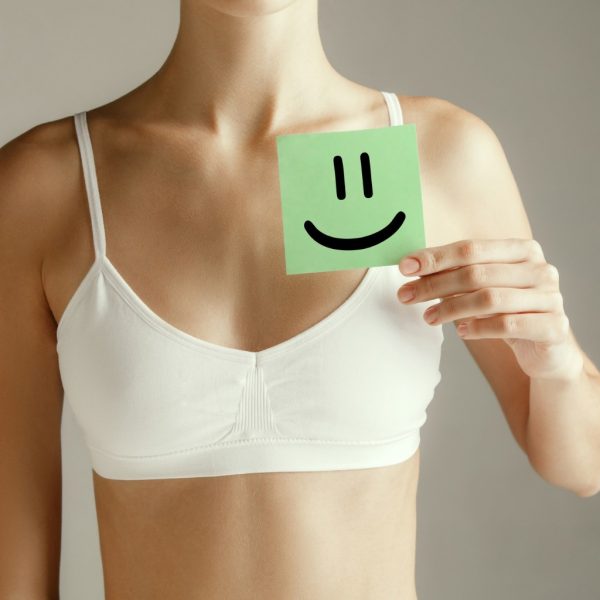 | 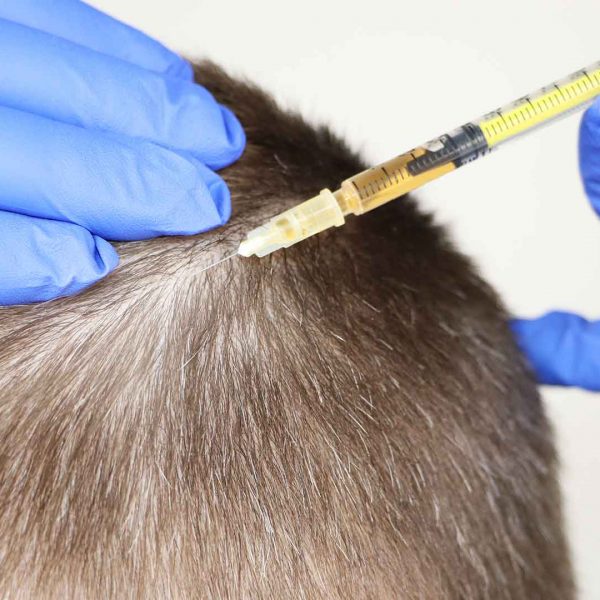 | 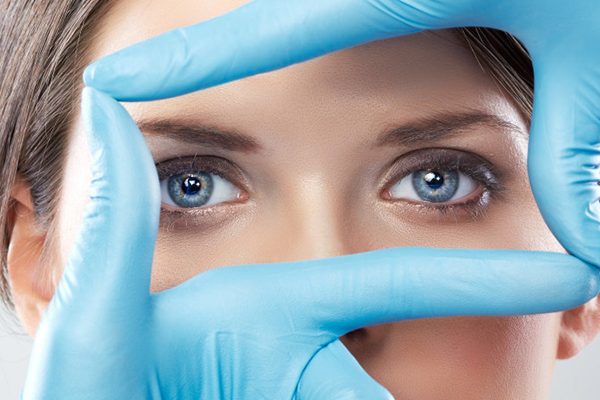 | 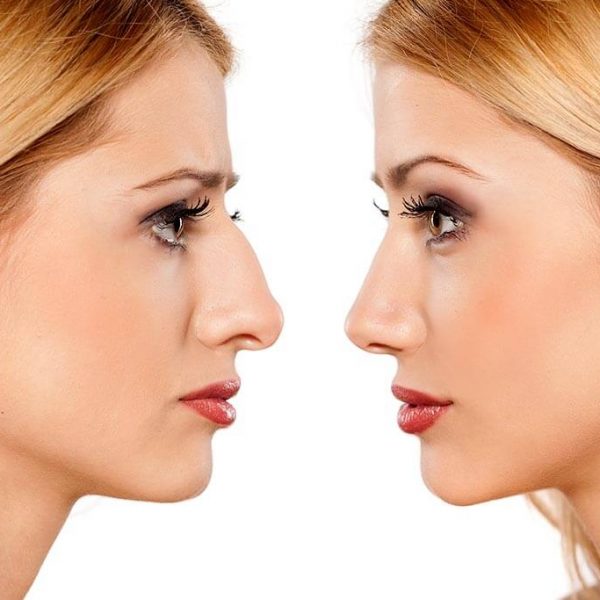 | 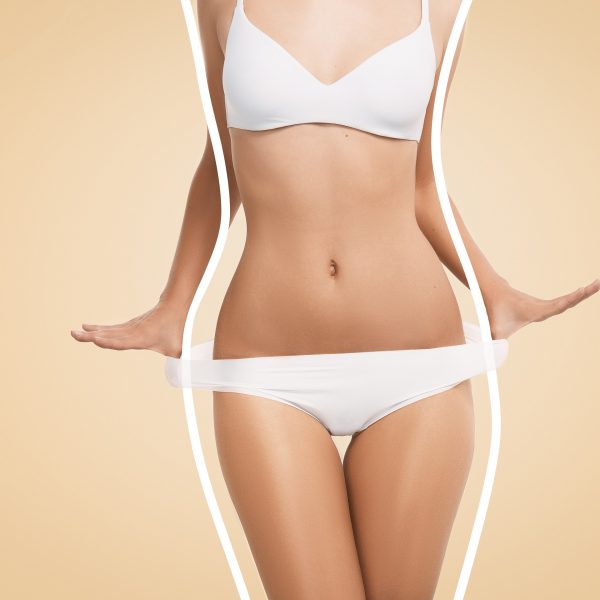 |  | |||||||||||||||||||||||||||||||||||||||||||||||||||||||||||||||||||||||||||||||||||||||||||||||||||||||||
| SKU | D2300-3-2-3 | ||||||||||||||||||||||||||||||||||||||||||||||||||||||||||||||||||||||||||||||||||||||||||||||||||||||||||||||
| Rating | |||||||||||||||||||||||||||||||||||||||||||||||||||||||||||||||||||||||||||||||||||||||||||||||||||||||||||||||
| Price | €3.900,00 | €175,00 | €3.125,00 | €2.300,00 | €3.450,00 | €749,00 | |||||||||||||||||||||||||||||||||||||||||||||||||||||||||||||||||||||||||||||||||||||||||||||||||||||||||
| Stock | |||||||||||||||||||||||||||||||||||||||||||||||||||||||||||||||||||||||||||||||||||||||||||||||||||||||||||||||
| Availability | |||||||||||||||||||||||||||||||||||||||||||||||||||||||||||||||||||||||||||||||||||||||||||||||||||||||||||||||
| Add to cart | |||||||||||||||||||||||||||||||||||||||||||||||||||||||||||||||||||||||||||||||||||||||||||||||||||||||||||||||
| Description | The most common cause of breast size is familial factors. In addition, breast enlargement is observed due to weight gain, hormonal disorders, pregnancy, breastfeeding and various breast diseases. Is breast size an aesthetic problem? Breast size is a health problem rather than an aesthetic problem. Large breasts put a considerable strain on the neck and back. As a result, patients develop treatment-resistant shoulder and back pain, flattening and deformity in the neck vertebrae. Most patients suffer from shoulder and back pain for years, take physical therapy and have to use a lot of drugs. When people with large breasts use a bra, collapses and deformities occur on the shoulders, especially where the bra strap passes. These people have rashes, fungal infections and bad odors that cause serious discomfort, especially in summer, under the breasts and between the nipples. The size of the breasts causes serious problems in the social life of people, especially in adolescence and young girls. Women with large breasts have difficulty in finding suitable clothes, have limited arm movements, and even have respiratory distress while lying on their backs and say that they feel as if they are suffocating. What technique is breast reduction surgery performed with? In breast reduction surgery, an appropriate amount of breast tissue is left for the person's body and excess breast tissues are removed. The drooping breasts are placed where they should be on the body, ensuring uprightness and recovery. How many hours does breast reduction surgery take? Breast reduction surgeries take 2-4 hours depending on the size of the breast. How many days do I need to stay in the hospital after breast reduction surgery? After breast reduction surgery, we can usually discharge the patient on the same day. If patients experience discomfort such as nausea, vomiting, dizziness, swelling and pain due to anesthesia, we consider it appropriate to follow these complaints in the hospital until they resolve. How many days does recovery take after breast reduction surgery? After breast reduction surgeries, the breasts heal in about 10 days. When can one return to social and business life after breast reduction surgery? After breast reduction surgery, people can return to their normal social lives in about 1 week. We recommend that they start heavy sports activities after about 1 month. If they have a job where they do not exert excessive physical effort, they can return to business life after 1 week. We recommend patients who have a job that requires physical activity to wait 2-3 weeks. | After the surgery, patients can usually go home on the same day or after staying in the hospital for 1 night at the latest. In the first two days, there may be swelling, bruising and blood leakage from the nose. In the first days, patients may experience difficulty in breathing. Patients can continue their normal life after 2 days. The plaster and sutures are removed on the sixth day. After the plaster is removed, the patient can return to work. If bruises remain, they can be hidden with the help of concealer makeup. After about 3 weeks, the swelling goes down to a great extent and the patient's surgical appearance disappears. Patients should not do sports where they can get hit on their face for 3 weeks after surgery.
If one or more of the following structural problems are present, you may be a good candidate for rhinoplasty.
| Abdominal stretching surgeries vary according to the technique applied and the severity of the patient's complaint. Which one should be applied to you is decided after the pre-operative interview and examination. | ||||||||||||||||||||||||||||||||||||||||||||||||||||||||||||||||||||||||||||||||||||||||||||||||||||||||||||
| Content | Breast reduction surgery is an operation performed to bring the breasts that are larger than the person's body to normal sizes. | With hair mesotherapy, vitamines and minerals which immediately affect hair growth, are directly applied to the hair root. Hair mesotherapy is used for all kinds of hair loss(man-type hair loss, hormonal hair loss, anemia etc.). Asthe therapy is made with very thin needles, it doesn’t hurt very much. Results start to be visible after the 3rd session. After a total of 8-10 sessions, a recall session should be applied after 3-4 months. | Strabotomy In cases that do not improve with glasses and exercise programs, surgery is applied to patients with congenital strabismus. With this treatment, it is done by increasing the strength of some of the 6 muscles in our eyes, by reducing some of them or by changing the effect points of some of them. Although early treatment is preferred in strabismus, treatment is possible in adulthood as well. The operation is preferably performed under general anesthesia. The eye is closed after the operation. On the 1st day after the operation, the eye is opened and dressed. Afterward, the eye is not closed, there is no pain, only a slight stinging sensation may be felt in the patient. Patients can return to their daily lives 6-7 days after the surgery. Redness in the eyes lasts about 3-4 weeks, decreases with the use of drops. Surgical intervention Strabismus surgeries can be performed under general anesthesia in children and local or general anesthesia in adults. How long does strabismus surgery take? Although the duration of the operation varies according to the number of muscles involved, it takes an average of 1 hour. The recovery process after strabismus surgery Patients can return to their daily lives 6-7 days after the surgery. Redness in the eyes lasts about 3-4 weeks, decreases with the use of drops. Is strabismus surgery risky? As with any surgical procedure, strabismus surgery also has risks. Experienced surgeons reduce this risk considerably. | Aesthetic nose surgery (rhinoplasty) or nose reshaping surgery is the most commonly applied plastic surgery. With aesthetic nose surgery, it is possible to reduce or enlarge your nose, change the shape of the tip or bridge of the nose, narrow the width of your nostrils or change the angle between your nose and upper lip. At the same time, if you have a congenital or injury-related deformity, it can be corrected or some breathing problems can be eliminated. | During pregnancy, due to sudden growth in the abdomen or as a result of weight gain or loss, sagging in the abdomen, cracks, etc. There are some undesirable changes. Abdominal stretching helps to reduce these complaints. In fact, the patients with the best results are those who have come because of their sagging after weight loss. Although it is not possible for all the cracks on the abdomen to disappear in tummy tuck surgeries, it is possible to reduce them even more. There is no doubt that it is appropriate to perform this type of surgery by Aesthetic and Plastic surgery specialists, in appropriate operating room conditions and when all conditions that protect the patient are met. |
| |||||||||||||||||||||||||||||||||||||||||||||||||||||||||||||||||||||||||||||||||||||||||||||||||||||||||
| Weight | N/A | N/A | N/A | N/A | N/A | N/A | |||||||||||||||||||||||||||||||||||||||||||||||||||||||||||||||||||||||||||||||||||||||||||||||||||||||||
| Dimensions | N/A | N/A | N/A | N/A | N/A | N/A | |||||||||||||||||||||||||||||||||||||||||||||||||||||||||||||||||||||||||||||||||||||||||||||||||||||||||
| Additional information |
|
| |||||||||||||||||||||||||||||||||||||||||||||||||||||||||||||||||||||||||||||||||||||||||||||||||||||||||||||

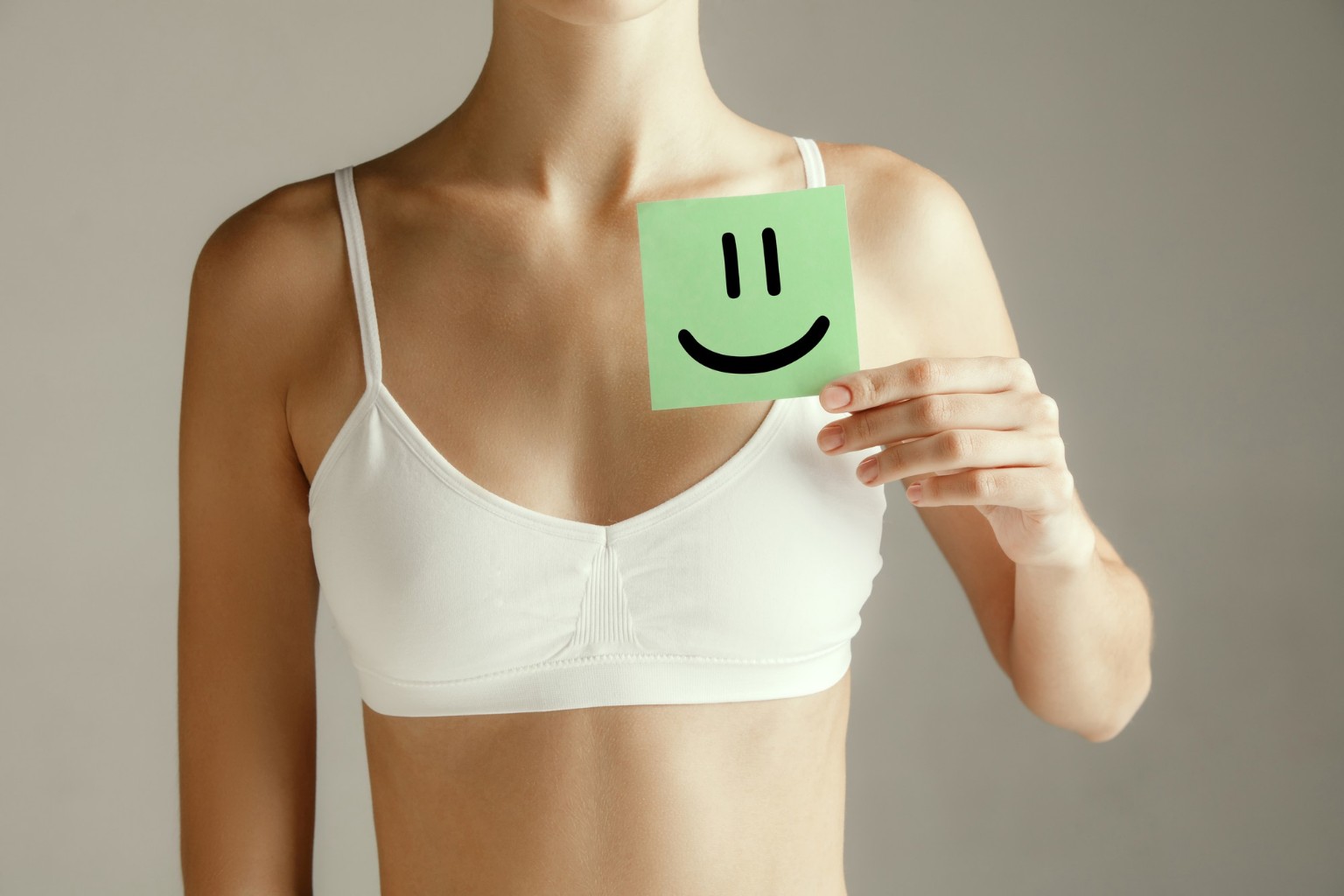


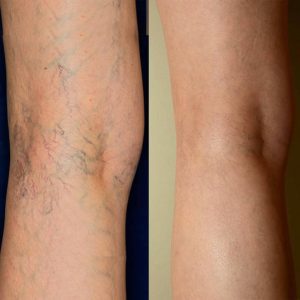

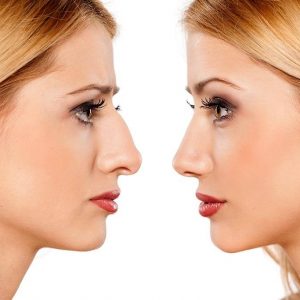
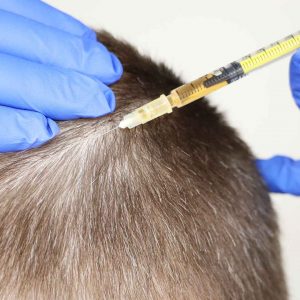



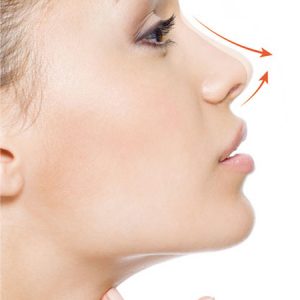


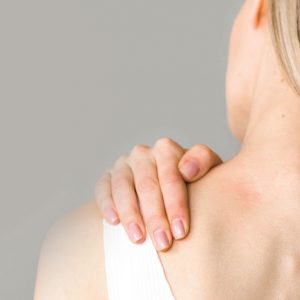

Reviews
There are no reviews yet.